opinion on chasmanthium latifolium please
sallym
19 years ago
Related Stories
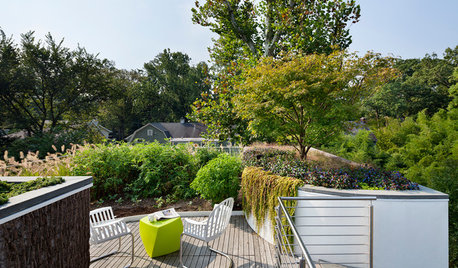
LANDSCAPE DESIGNProblem Solving With the Pros: Sustainable Landscape Captures Runoff
An underground cistern, permeable paving and a rain garden are part of this Washington, D.C. yard's thoughtful design
Full Story
TREES11 Japanese Maples for Breathtaking Color and Form
With such a wide range to choose from, there’s a beautiful Japanese maple to suit almost any setting
Full Story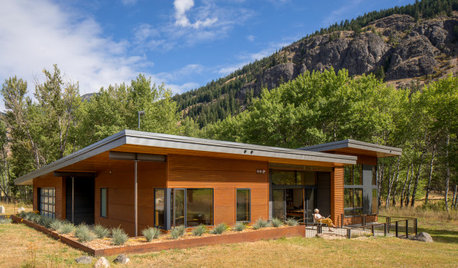
LANDSCAPE DESIGNHow to Make Your Metal House Feel at Home in the Landscape
Pull textures and hues from home to garden while allowing nature to take its course
Full Story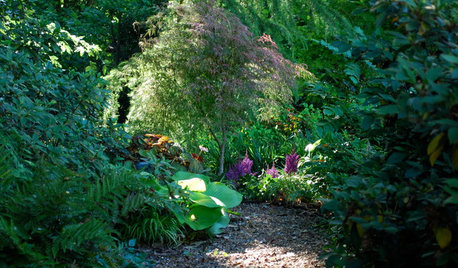
LANDSCAPE DESIGNSet Your Shade Garden Aglow With Light
Invite brightness to the dark corners of your garden for a magical dance you won't want to miss
Full Story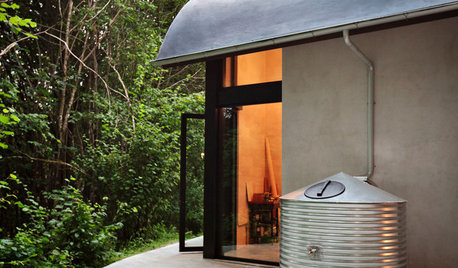
GARDENING GUIDESTexas Gardener's May Checklist
Be especially water wise this month as you sow seeds, tend to your lawn and plant edibles, grasses and flowers
Full Story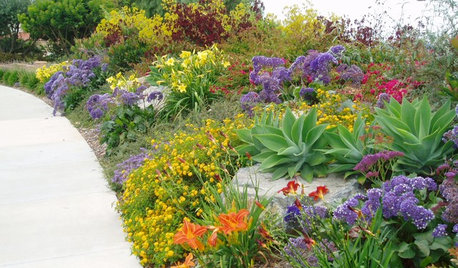
GARDENING GUIDESTexas Gardener's June Checklist
Win the battle against heat and drought with these plant picks and extra effort, for a garden that reigns supreme in summer
Full Story
LANDSCAPE DESIGNInside Houzz: Soft Geometry in a Modern Wisconsin Garden
In a city known for harsh winters, homeowners enjoy outdoor living inspired by Southern California
Full StoryMore Discussions







donn_
sunburygirl
Related Professionals
Maple Valley Landscape Architects & Landscape Designers · Roxbury Crossing Landscape Architects & Landscape Designers · Peabody Landscape Contractors · Bristol Landscape Contractors · Fairview Landscape Contractors · National City Landscape Contractors · West Haverstraw Landscape Contractors · Kingsburg Landscape Contractors · Woodland Hills Solar Energy Systems · Gallatin General Contractors · Jacinto City General Contractors · Lighthouse Point General Contractors · Mililani Town General Contractors · Tabernacle General Contractors · Westerly General ContractorsJosh
sallymOriginal Author
laceyvail 6A, WV
rubrifolia
well_rooted
Magret
dawgie
rjbcrest
perennialclark
wyndyacre
AgastacheMan
Mozart2